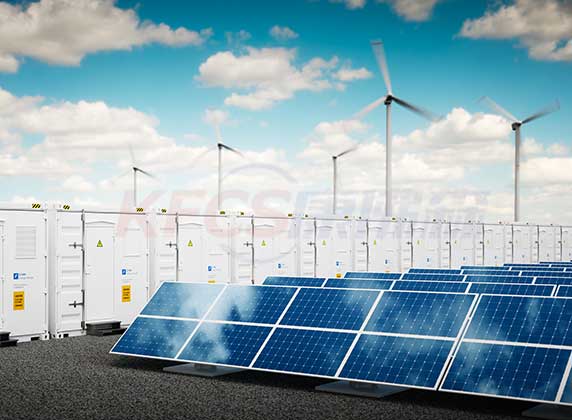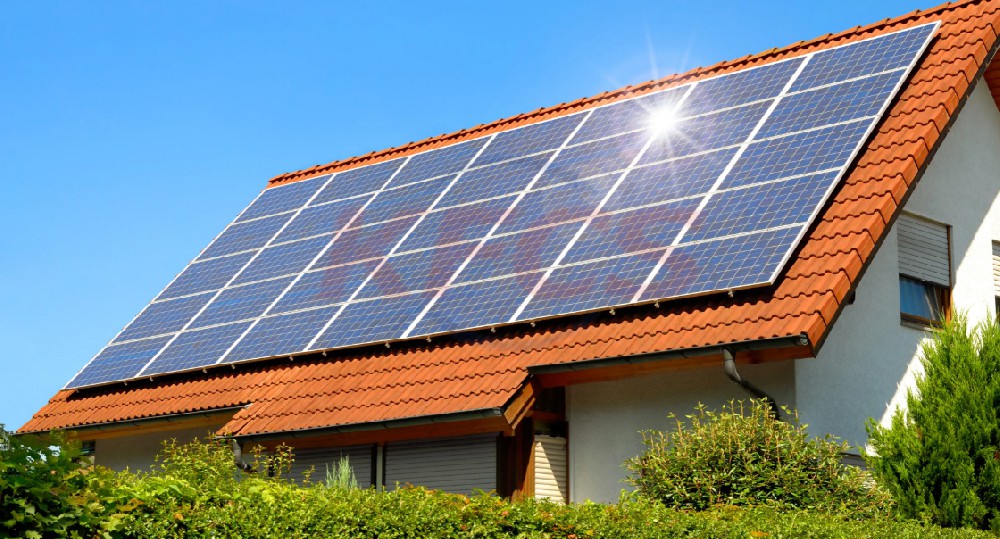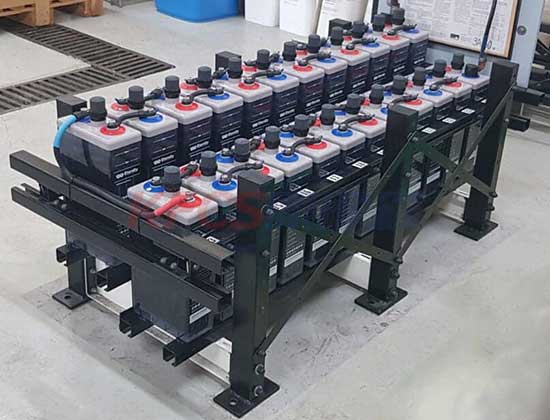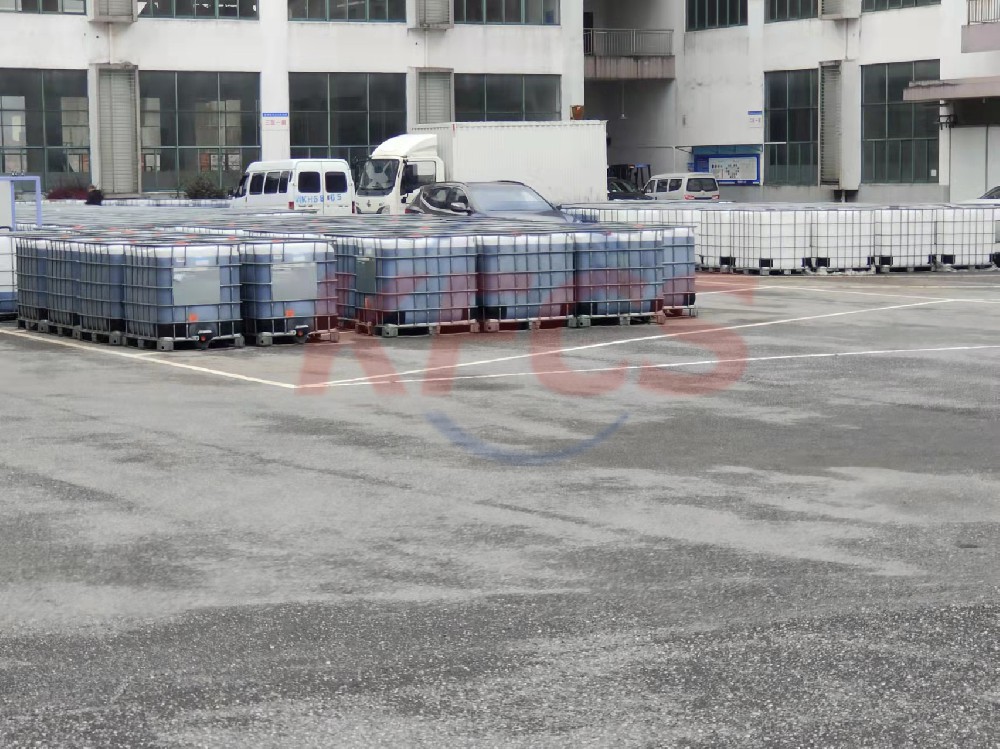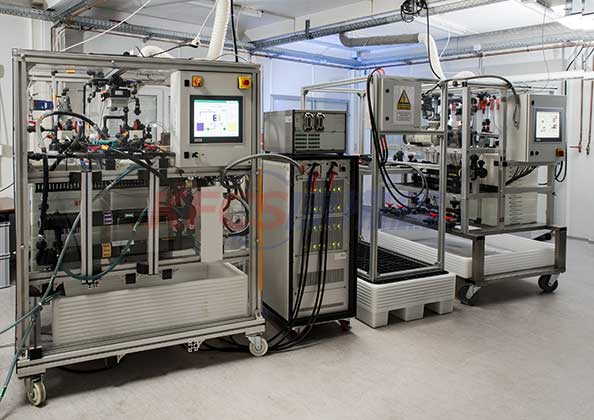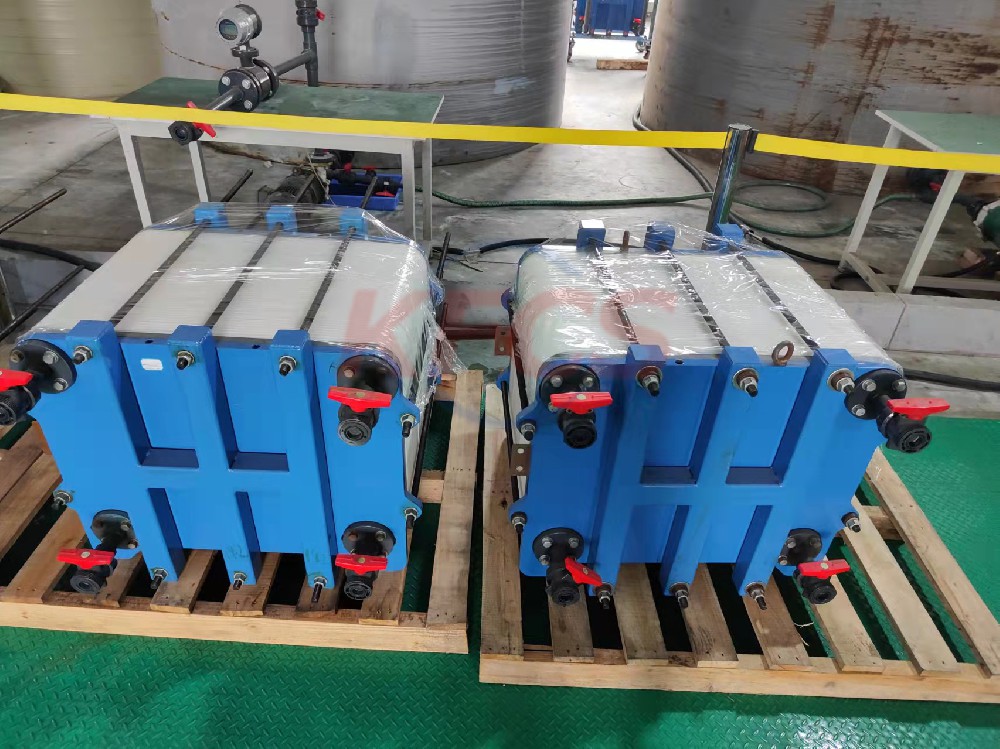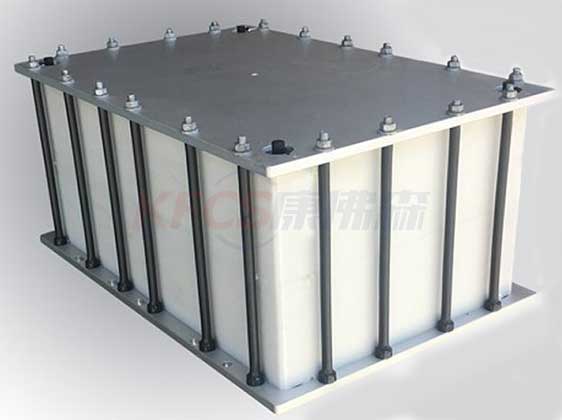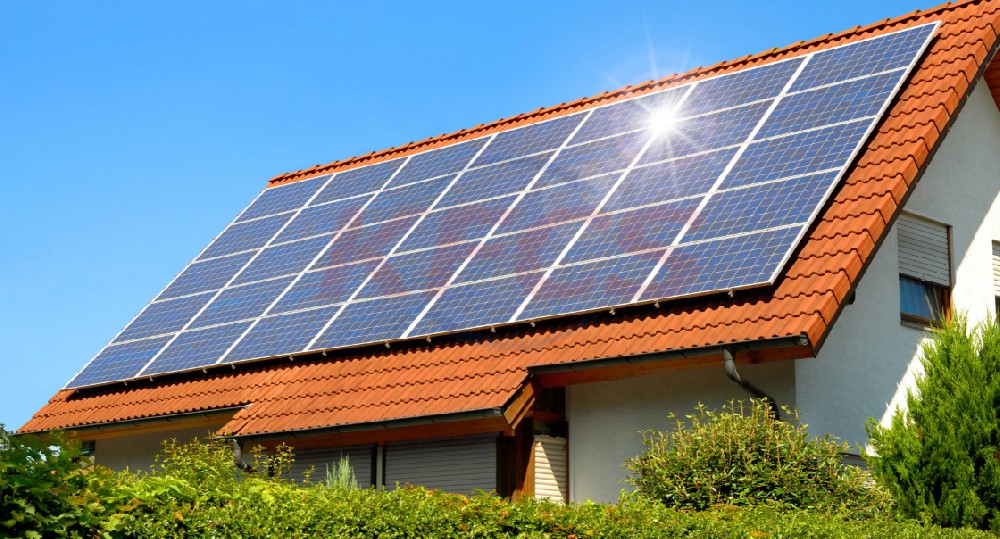Deep dive: How do we choose the right technologies to lead the clean energy transition?
Fossil fuels provide about 80 percent of the world's total primary energy consumption, a figure that has not changed substantially over the past 30 years.
There are many potential sources of renewable energy, including wind, solar, geothermal, wave, tidal, hydroelectric, biomass, and more, each at various stages of commercial maturity and development. Which renewable energy sources have the potential to provide most of the clean energy in the coming decades?
Sometimes too many options make the decision difficult. By definition, the transition to clean energy is a complex issue and a task that has never been done before. With so many options, how do we choose the right technologies to lead the clean energy transition? Not all renewable energy sources work well everywhere or at all times, some technologies are practical in only a few places (eg, tidal energy in Scotland), while other sources may work well in many parts of the world.
In recent years, new findings in climate science have pointed to an increase in extreme weather events around the world and a continued increase in greenhouse gases. Despite some progress in renewable energy and clean technology, global consumption of fossil fuels actually increased by more than 32% between 1999 and 2019, and fossil fuels still provide about 80% of the % of total primary energy. In fact, we are still in the age of fossil fuels.
In October 2021, heavy rainfall in Shanxi, China, caused widespread waterlogging of many coal mines in China, leading to coal shortages, halting solar panel manufacturing, and causing global prices to soar. This ironic link between fossil fuels and current renewables highlights the fact that coal and its fossil cousins (gas and oil) are still relatively cheap, while renewables have yet to become more sustainable And cost-competitive, renewables have failed to truly expand globally. All energy sources, including current renewables, have a carbon footprint that needs to be minimized. Energy options persist for decades and are costly.
In the high-stakes challenge of selecting renewable energy and clean technology priorities, what might be the criteria for selecting the best clean energy sources to mitigate climate change? This issue is at the heart of the climate crisis, and rational choices must be pragmatic and may include the following considerations:
1. Near-zero greenhouse gas emissions
2. Available in all regions of the world
3. High energy potential and power density, which can meet almost most needs
4. Made from abundant non-toxic elements on earth, with global scalability
5. Low cost, including manufacturing and installation costs for global scalability
These considerations should prioritize which renewable energy types should be prioritized, but that doesn't mean the resulting options are the best for everyone around the world. Let's apply the above criteria to different forms of renewable energy.
Preliminary list of candidate renewable energy categories:
1. Near-zero greenhouse gas emissions.
Energy must have the potential to have a very low net carbon footprint. Biomass and biofuels involve combustion and are often mixed with large amounts of fossil fuels. In arid regions (with a high carbon footprint), solar thermal power plants often require large amounts of water to drive the turbines. Large dams can have significant impacts, including carbon footprints, but micro-dams have the potential to be cleaner.
2. Available all over the world.
While hydro, geothermal, waves and tides are all great energy sources, they are often limited by geography. In order to avoid the huge costs of transporting energy over long distances, energy needs to be supplied to most of the world.
3. High energy and high power density.
Competing with fossil fuels is necessary for renewables to meet most practical needs. Solar photovoltaics have by far the highest theoretical potential among renewable energy sources.
An important and often overlooked factor is areal power density, which measures how much area must be devoted to generating energy. Fossil fuels have a high energy density, and solar PV has the highest areal power density of renewable energy sources.
Considering the criteria applied, solar PV has so far received high marks:
If we see solar PV as a potential priority for the clean energy transition, we must look carefully because there are many types of PV. Here are the different generations of photovoltaic technology:
• First generation photovoltaics (1941 to present): This is the first commercial photovoltaic technology. Traditional crystalline silicon PV still dominates, accounting for about 96% of global solar module sales. Today, it's a reliable standard, although it does have a huge energy cost and carbon footprint in the manufacturing process, and it's limited to certain markets due to its weight and rigidity.
• Second generation photovoltaics (CdTe and CIGS), first commercialized in the 1990s: these are thin film materials containing rare elements (indium, gallium, tellurium) and in most cases toxic elements (eg cadmium). Gallium arsenide is an exotic photovoltaic solar cell that offers higher efficiency but also contains rare and toxic elements and is too expensive for most applications.
• Third generation PV includes:
o Perovskite: Currently unstable and contains water-soluble lead.
o Quantum dots: Early in development, containing lead or cadmium, or not yet commercialized.
• New generation photovoltaics (4th generation): New photovoltaics with good and stable performance potential, using non-toxic and abundant earth elements.
4. Made from abundant non-toxic elements on earth, with global scalability.
The global scalability of clean energy does not include the massive use and deployment of rare and toxic elements, which means that only c-silicon and fourth-generation photovoltaics meet this requirement.
5. Low cost.
This is the final step required by the standard and it includes the manufacture and installation of renewable energy. Crystalline silicon has been the world leader in renewable energy installations over the past few years, but solar photovoltaics provide less than 0.4% of global energy consumption. As the current dominant technology, c-Si restricts the geographic locations where it can be installed due to its rigidity and weight, which increases its installation cost. According to MIT, the ideal solar material is a photovoltaic module that is lightweight and flexible, made from earth-abundant elements so they can be installed in new applications, including most building exteriors, and even are in electric and hybrid vehicles.
While current c-Si seems to be the best solar solution available today, we need to do better to combat climate change.

